The Benefits of Raid 5
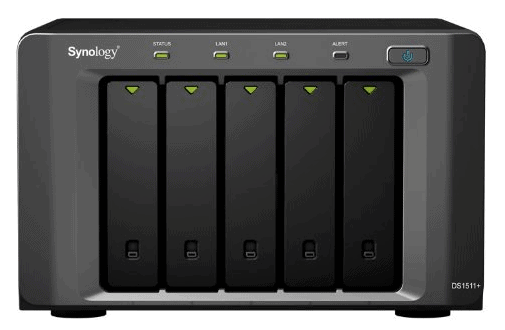
If you’ve every suffered a hard drive failure, you’ll know how it feels to lose data. Even if you have a backup, it can be a pain having to copy everything back from a tape drive and there’s always that uncertainty as to whether the backups will work at all.
RAID is an acronym that stands for Redundant Array of Independent Disks, and as this suggests, combines multiple hard-drives that work together, so that if one hard-drive goes down, your data storage does not. A basic RAID configuration might be Raid 1, or Raid 0.
Raid 1 is a basic raid setup where two disks are used together, and data is “mirrored†from one disk to another. The two disks are considered to be one disk as far as your operating system is concerned, and will continue to function as long as one disk remains operating. The advantage of Raid 1 is you can lose one drive and keep going. The disadvantage is if you use two drives say of 500GB, you only get 500GB of space, not 1TB. So you lose half of the space you’d normally have out of those two drives. So you’re trading space for redundancy.
Raid 0 isn’t really raid at all, and is where two or more disks are used together to increase the size of a virtual raid disk. For example, three 1TB drives work together to make one 3TB drive. The raid configuration also provides improved performance. The problem with this is, if one disk out of your three dies, then you lose the entire array. For this reason, Raid 0 isn’t used a great deal, except in combination with Raid 1. For example you could have two virtual raid 0 disks combined with Raid 1, so you get an increase in performance and redundancy thrown in. Using the examples above you could have a 3TB raid array combining raid 1 and raid 0, but that would cost you six 1TB drives.
Another way to do it, is to use raid 5. A raid 5 array distributes the data across the total amount of disks, increasing performance and at the same time providing redundancy. Using our six 1TB drives in raid 5 configuration, we would end up with a 5TB raid array. If any of the six disks go down, the array continues to operate, as it automatically uses data from the remaining five to reconstruct the data from the sixth. The array will have a reduced performance until the broken drive is replaced, but all data will be intact. The only way you can lose data with a raid 5 drive is if two drives fail at the same time, which is highly unlikely. You can even configure a hot spare drive, that isn’t used in the raid array for any purpose except to be added should one of the main drives goes down. The hot spare can then be converted to an array drive and you continue until you install a replacement.

So to summarize, raid 5 allows you to store data with increased disk performance, and also allows you to lose one drive to failure without affecting your data.
Advertisement




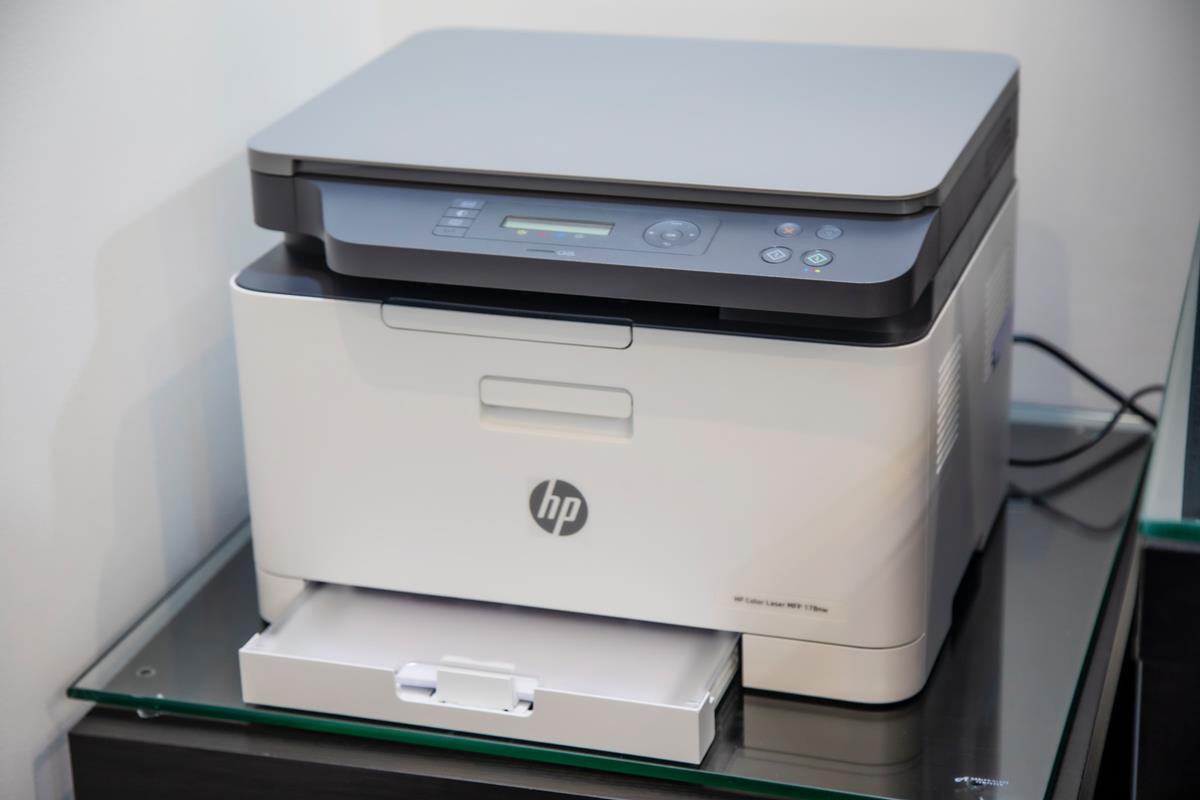
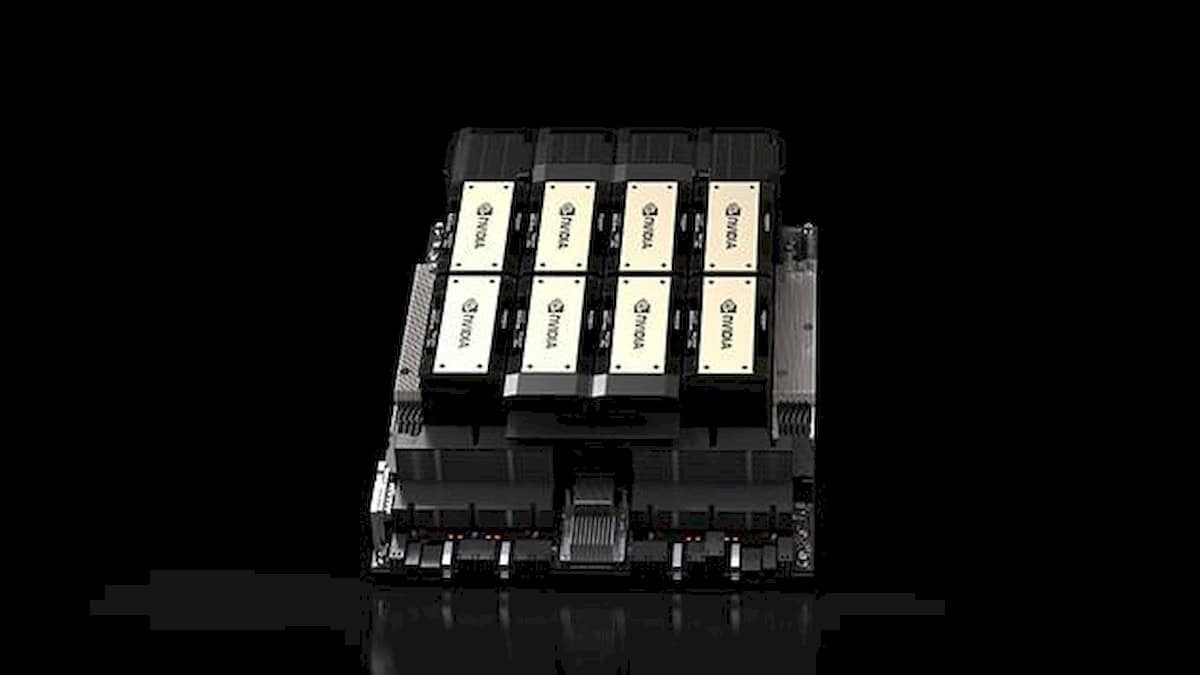

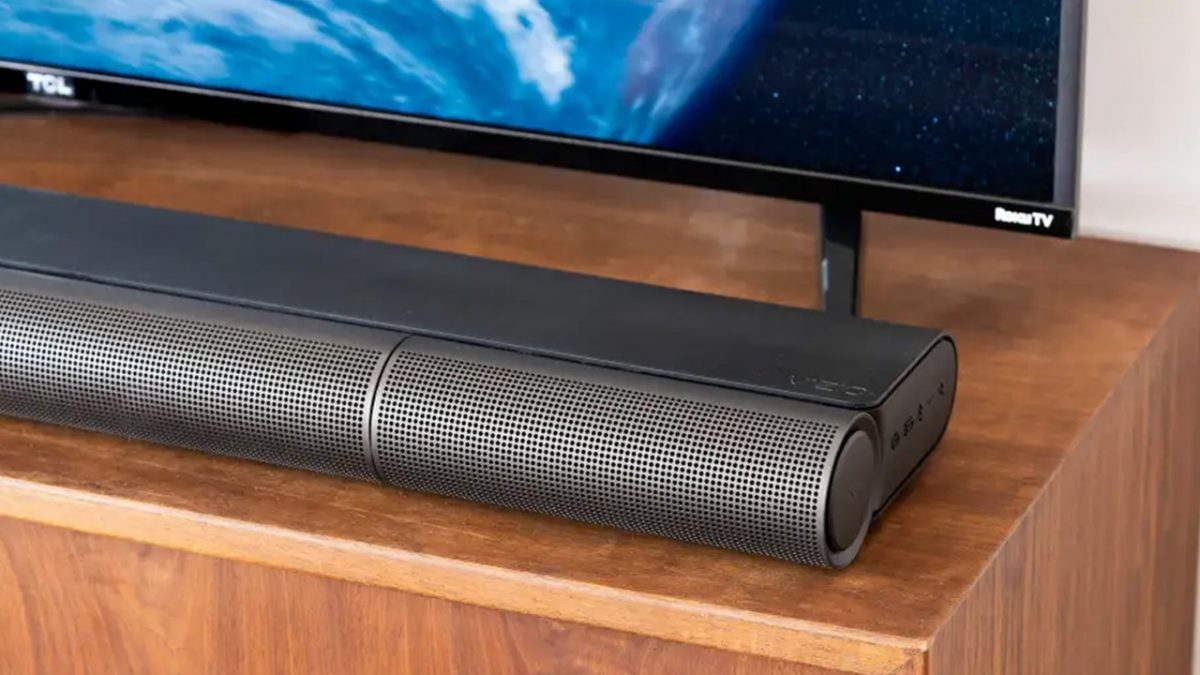
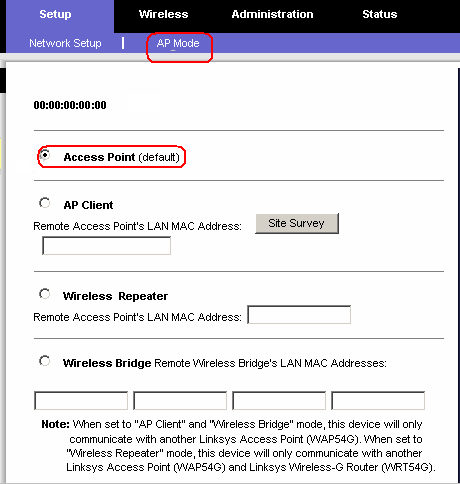
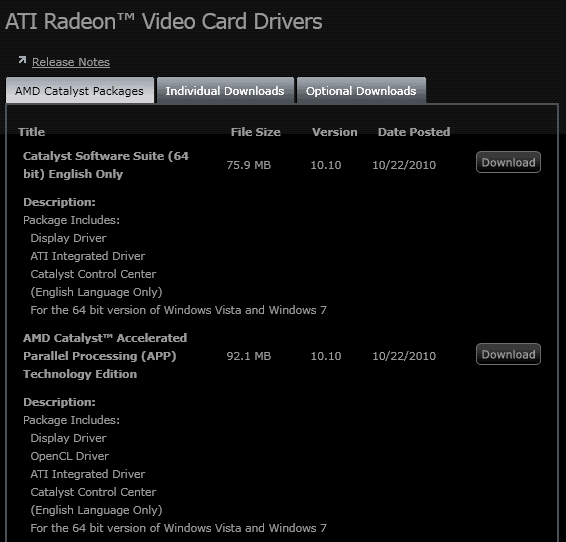











FreeNas is all I got to say
I would second what Paul mentioned: I have heard of instances when the RAID controller does fry, and take everything with it.
Most of the problems I’ve encountered with RAID over the years were caused by controller rather than drive failures. So do your homework before committing to an inexpensive RAID card or your mobo’s onboard controller. And don’t forget to make regular backups of important files. RAID is often erroneously seen as a substitute for backing things up. It’s not. It’s just one additional layer of insurance against data loss. But it can’t do the job by itself.
Good points, regular backups are essential.
I am going to take a (a good long and hard) look at this, thanks for the tip Martin.
Yeah really nice Melanie but 863 dollar. Do you know ferry good raid 5 with a much lower price take?
Paulus, this is an external solution. Maybe your motherboard supports Raid 5 out of the box? A better option, probably, is to use a PCI Express card instead. A card with good reviews on Newegg is this one http://www.newegg.com/Product/Product.aspx?Item=N82E16816115094. It costs around $90.
Nice breakdown explaining RAID 0, 1, and 5. I would have mentioned that another failure point isn’t the Drives but the RAID controller itself.
Also on another note. What about RAID 6 and 10? I have came across a couple articles stating the with the large size of SATA Drives it is best to go with a RAID 6 or 10. Can anyone explain this? I will be building a replaces machine (a server) within a couple of months it’s going to be running 6 3Tb drives
Joe
For drives larger then 1TB you shouldn’t be using RAID 5. You need RAID 6 or better. The reason is if you have 2TB drives and one fails then when you replace the drive and are rebuilding the RAID there is a good chance an other drive will either fail or give a read error making you loose your data. A good article about it is here http://www.zdnet.com/blog/storage/why-raid-5-stops-working-in-2009/162